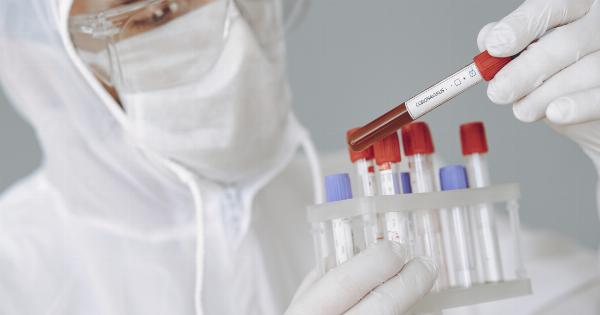Water is a precious resource, and it is our responsibility to ensure that we manage it in the most effective manner. One of the major concerns in this regard is the disposal of sewage.
With rapid urbanization and industrialization, it is becoming increasingly difficult to handle sewage in a safe and environmentally friendly manner.
What is Sewage Analysis and Why is it Important?
Sewage analysis is the process of testing sewage to determine its composition and identify any contaminants present in the water. It is an important aspect of wastewater treatment as it helps identify potential health hazards and environmental risks.
Sewage analysis also provides important insights into the effectiveness of the treatment process and helps to inform future policy decisions.
: Advanced Sewage Analysis Techniques by the NCSR
The National Centre for Scientific Research (NCSR) is a research organization that specializes in environmental analysis and monitoring.
The center has developed a suite of advanced techniques for analyzing sewage that provides a more comprehensive understanding of the water. Here are some of the key techniques:.
: 1. Polymerase Chain Reaction (PCR) Analysis
PCR is a technique used to amplify DNA fragments. In the context of sewage analysis, it is used to detect the presence of specific pathogens, such as viruses and bacteria.
By identifying the presence of these pathogens, it is possible to determine the potential health risks associated with the sewage.
: 2. Gas Chromatography-Mass Spectrometry (GC-MS) Analysis
GC-MS is a method used to identify and quantify organic compounds in wastewater.
This technique enables researchers to accurately determine the concentration of pollutants and other contaminants in the water, which can help inform decisions about treatment and disposal options.
: 3. High-Performance Liquid Chromatography (HPLC) Analysis
HPLC is a technique used to separate, identify, and quantify organic compounds in wastewater.
Similar to GC-MS, this technique enables researchers to obtain a more comprehensive understanding of the composition and concentration of pollutants in the water.
: 4. Next-generation Sequencing Analysis
Next-generation sequencing is a technique used to identify DNA sequences in samples of wastewater.
By identifying the types and quantities of microorganisms present in the water, it is possible to determine the environmental health risks associated with the sewage and inform future policy decisions.
: 5. Fourier Transform Infrared Spectroscopy (FTIR) Analysis
FTIR is used to identify the chemical composition of unknown compounds in wastewater. It is particularly useful for detecting and identifying organic and inorganic compounds, which may not be easily identified using other techniques.
: 6. X-ray Fluorescence (XRF) Analysis
XRF is a non-destructive technique used to determine the elemental composition of samples of wastewater. This technique is particularly useful for identifying heavy metals and other pollutants in the water, which may have adverse health effects.
: Conclusion
Advanced sewage analysis techniques are crucial for managing the risks associated with wastewater and for ensuring that we protect our environment and public health.
The NCSR has developed a range of advanced sewage analysis techniques, which provide valuable insights into the composition and risks associated with sewage. By applying these techniques in wastewater treatment, we can ensure that we are making informed decisions about the treatment and disposal of wastewater.































